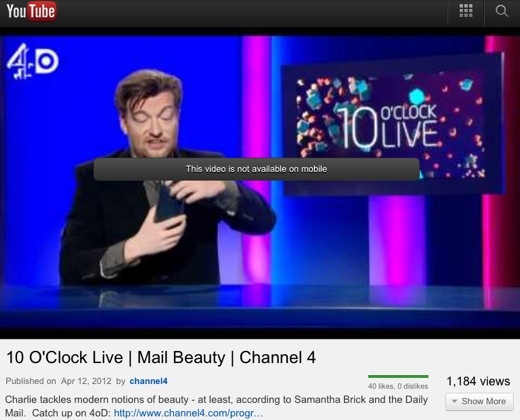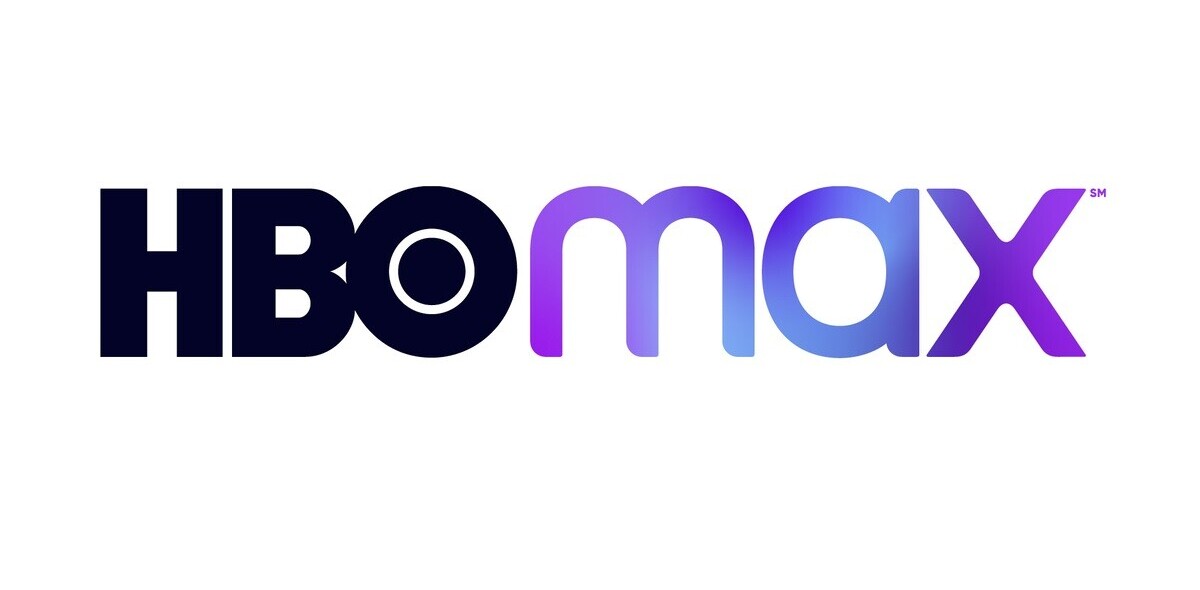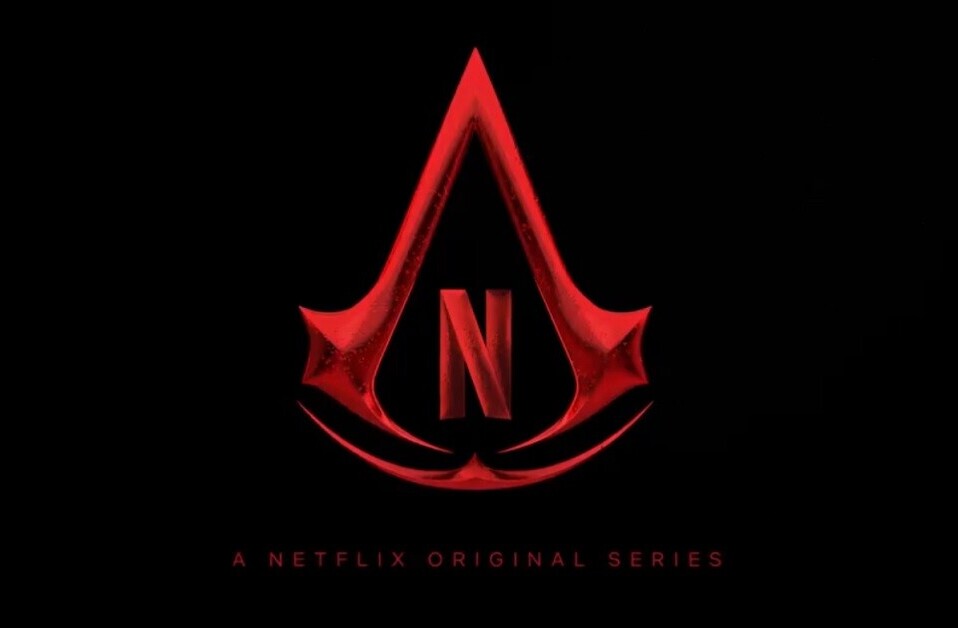
Allow me to share with you my TV-viewing experience last night…
I settled down here in the UK to watch the latest episode of South Park on the Comedy Central TV channel. Enjoying its humorous take on the recent Kony 2012 controversy, I decided to tweet a link to a clip of show from the South Park Studios website, which offers episode clips and even streams of full episodes.
No, visiting from the UK, I can’t access any of the site’s content at all. I just get this message.
Well thank you, Officer Cartman.
I can click through to the UK South Park site, where there are no full episodes (although there used to be) – just clips and the promise of full episodes some time in the future. Still, what’s the point of sharing a clip if only a portion of my Twitter followers (those in the UK) would be able to watch it? And what is that clip if not an ad for South Park that they should be happy to share with anyone in the world? The fact that the episode I was watching was partly about intellectual property at least sweetened the situation with a bit of irony.
You’d think, though, that I’d at least be able to watch a video published by UK TV broadcaster, right? Last night, I also followed a link shared on Twitter to a YouTube clip from the latest episode of British show 10 O’Clock Live. Co-presenter Charlie Brooker’s rant (always a highlight of the show) had been published to YouTube by broadcaster Channel 4. Unfortunately, my iPad seemingly isn’t welcome to the party.
“This video is not available on mobile”? Seriously Channel 4, what on earth would be the harm? My choice of device is none of your business. Country-specific content locks are bad enough, but device-specific locks for nothing more than a YouTube clip are ridiculous.
I suspect that technical issues around the pre-roll ads that Channel 4 inserts are the problem here, but even if that’s the reason, blocking mobile users when mobile video consumption is growing fast is shortsighted, even if you can’t monetize those views right away.
Now, I know full well that the situation around online rights for content is a mess due to the territorial way that TV shows, movies and music are licensed – we explored that in an in-depth piece last summer – but the situation isn’t getting better, in fact you could argue that it’s going to get worse.
Internet-connected TV sets are on track to become the norm, but we still won’t be able to watch the latest shows from elsewhere in the world as soon as they’re broadcast – and surely that would be a key benefit of a TV that’s potentially connected to the whole world?
I’ll leave you on that grumpy note with this Hulu embed of an episode of The Daily Show. If you’re in the US, enjoy it – if you’re anywhere else, like me, well – I’m sure it’s hilarious, but we’ll just have to imagine it. Sure, I could grab an illegal download of it, or hook myself up to a VPN to pretend that I’m in the US, but I really shouldn’t have to go to the hassle and potentially incriminate myself.
So much for the “World Wide” Web, eh?
Get the TNW newsletter
Get the most important tech news in your inbox each week.





